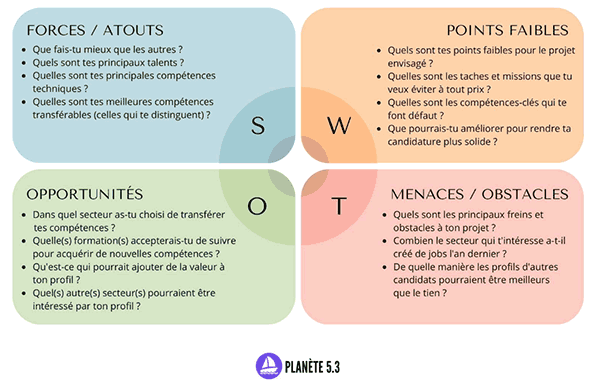While burnout seems to affect more and more French people, a report explains that certain professions are much more exposed than others.

Burnout is a subject that never ceases to unleash passions. While many deputies had recently called for its coverage by the work accident and occupational diseases branch of Social Security, we learn in a recent survey that certain jobs are more risky than others, and therefore more prone to generate these troubles.
In 2014, this phenomenon affected 12.6% of the working population, a considerable figure, not to be taken lightly. according to the firm Technologia, in charge of this investigation.
The most affected farmers
If we wanted to highlight a key figure from the report, we should highlight the 3.2 million active people in a situation of compulsive and excessive work, at the base of the burnout syndrome also called burn-out. While it seems obvious that certain professions are more exposed than others to this phenomenon, this is the first time that a survey has looked in detail at these professions.
Among the professionals most affected by burnout, it is farmers who come out on top. Indeed, they would be nearly one in four to be affected by this phenomenon. Worse still, 60% of them have a compulsion to go to work. This phenomenon is, according to the report, due to a lack of alternatives, isolation or a desire to “stay in the race”. By extension, these figures also highlight the difficulties of the peasant world, both professionally and personally. 53% of them feel worn out from working and say they are exhausted at the end of the day. This progressive fatigue is one of the bases of burnout.
Other professional branches are also affected. Thus, burnout also affects craftsmen, business leaders and traders (up to 1 in 5). It is the employees and workers who are ultimately the most spared (on average 7 and 10% express a compulsion to work).
Towards recognition of the disease?
Burnout seems to be becoming a public health issue, as the disorders it generates seem to affect a growing number of individuals. These disorders are mainly due to overwork and poor organization, which can lead to social isolation. Indeed, a third of employees (32%) admitted to having more and more difficulty separating professional and private life. That is 6% more than in 2013. However, they have a good perception of the atmosphere within the company. In fact, more than half feel satisfied with their work environment.
If politicians seem to have taken the issue head on, doctors would also be in favor, in the majority, of including burnout on the list of occupational diseases.
.














